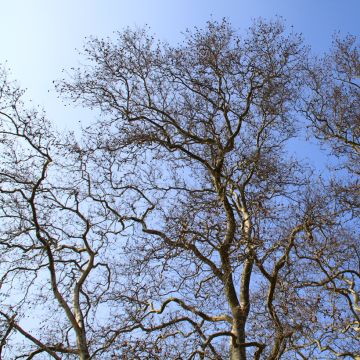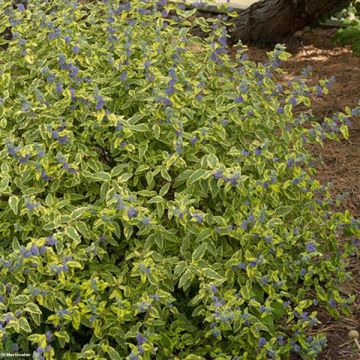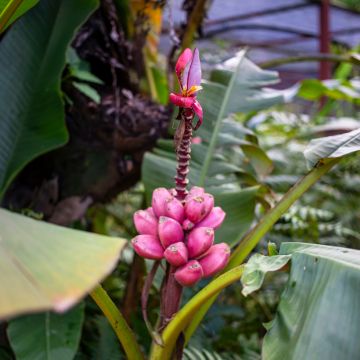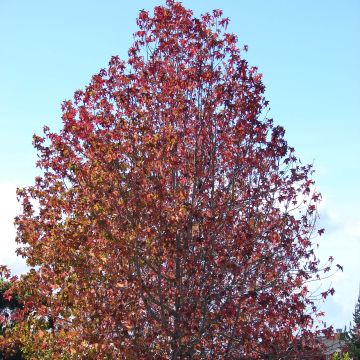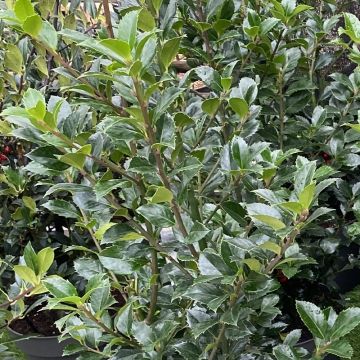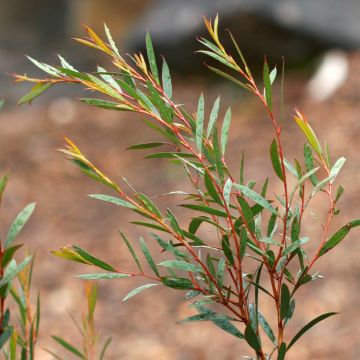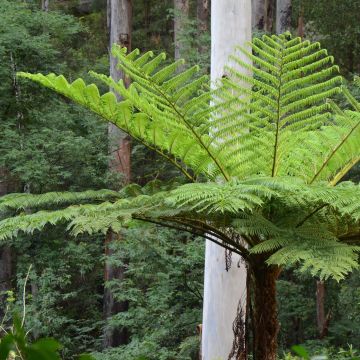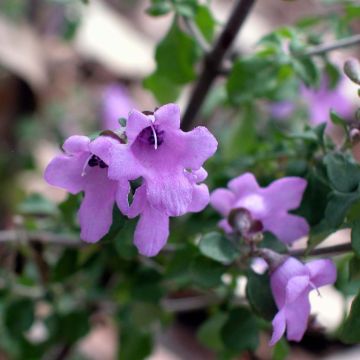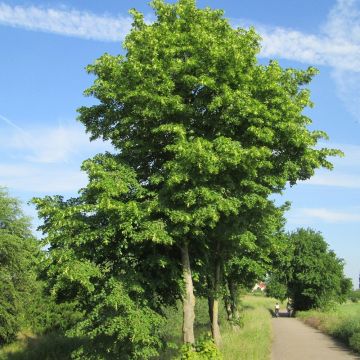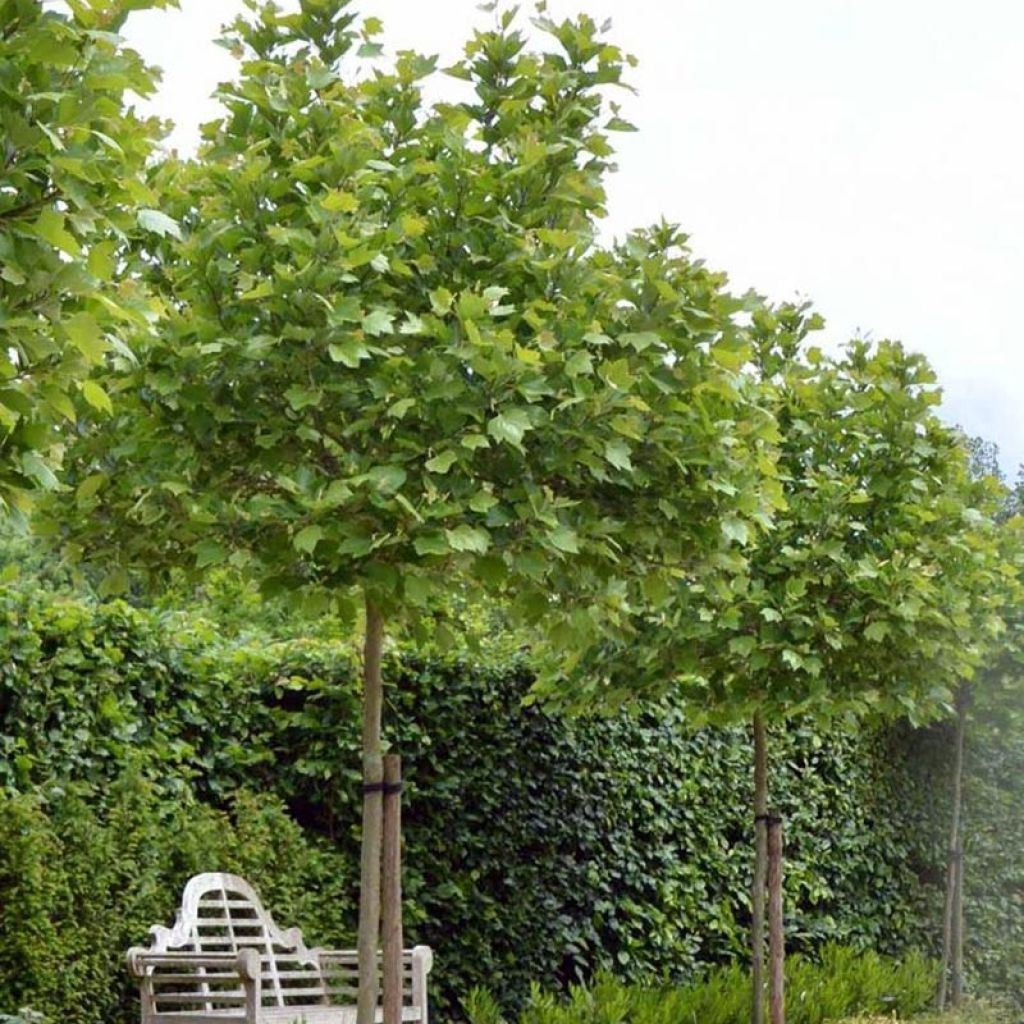

Platanus x hispanica Alphens Globe
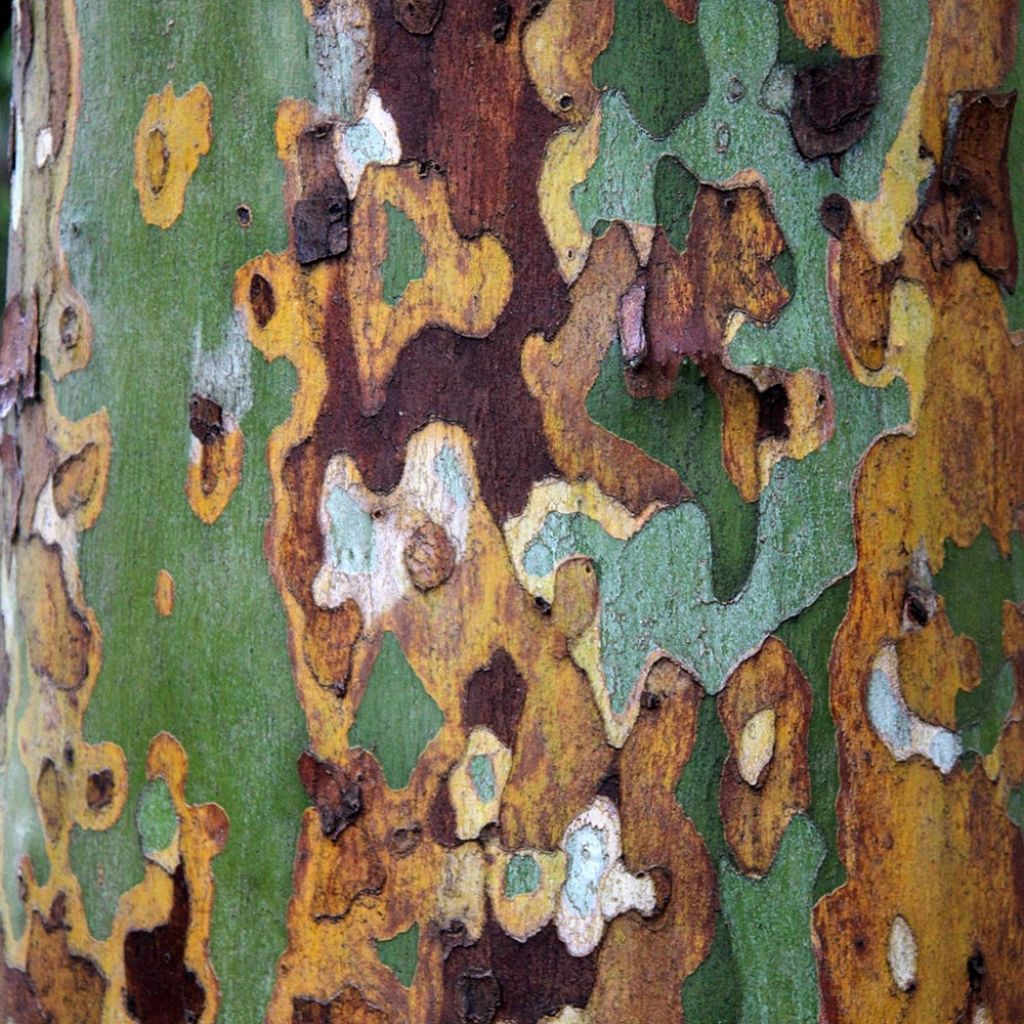

Platanus x hispanica Alphens Globe
Platanus x hispanica Alphens Globe
Platanus x hispanica Alphen's Globe
London Plane, Hybrid Plane
This item cannot be shipped to the selected country
Oversize package delivery charge from €6.90
Delivery to Corse prohibited
More information
Schedule delivery date,
and select date in basket
This plant carries a 24 months recovery warranty
More information
We guarantee the quality of our plants for a full growing cycle, and will replace at our expense any plant that fails to recover under normal climatic and planting conditions.
Oversize package: home delivery by special carrier from €6.90 per order..
Express home delivery from €8.90.
Delivery to Corse prohibited: UE law prohibits the import of this plant from mainland France to Corse as part of the fight against Xylella fastidiosa. Please accept our sincere apologies.
More information

Does this plant fit my garden?
Set up your Plantfit profile →
Description
Platanus x hispanica Alphen's Globe allows the famous roadside plane tree to enter our gardens. This fairly recent Dutch selection has two characteristics: reduced development and a spherical crown. Otherwise, this small tree is identical in every way to its August sibling. It bears large bright green palmate leaves reminiscent of maple leaves, and its trunk is covered with bark that peels off in unique large flakes, revealing lighter colour patches.
The Common Plane Tree is a very large deciduous tree resulting from the cross-breeding of the Western plane tree (Platanus occidentalis), native to North America, and the Eastern plane tree (Platanus orientalis), native to southeastern Europe and western Asia. This cross-breeding took place in Spain (hence its name Platanus x Hispanica) but also in England around 1650. Its lifespan is counted in hundreds of years. The cultivar 'Alphen's Globe' is grafted on a high stem, so its total height will depend on the height of the graft point.
Alphen's Globe Plane Tree, which grows quite slowly, generally reaches a height of 8 to 10m (26 to 33ft) with a spread of 6m (20ft), depending on the height of the graft point. It develops a wide and massive trunk. The crown is rounded, semi-open and dense, supported by very short sturdy branches. The characteristic bark cracks into large flakes, revealing light areas. This plane tree bears large deciduous medium green leaves, leathery and glossy, reaching up to 15 cm (6in) in width, divided into 3 to 5 pointed and sparsely toothed lobes. They turn yellow then brown in autumn before falling. Leaves decompose very slowly, often requiring gardeners to spend long hours collecting them. In spring, the young shoots are covered with light brown hairs that can be irritating to the eyes, throat, and respiratory tract. The unusual flowering occurs in May: the flowers are gathered in green 'pompoms' hanging from a long stem. On plane trees, female and male flowers are separate but present on the same tree. After wind pollination, the female flowers produce tiny fruits called achenes, surrounded by a brown down. These curious pompom-like infructescences last on the branches long after the leaves have fallen.
The common plane tree adapts wonderfully to all types of soils, including in polluted urban areas, seaside locations, and arid countryside. It tolerates pruning if done properly. 'Alphen's Globe' modest size means it is more suitable for our gardens. It can be placed as a specimen tree in the centre of the garden or used to shade a terrace, for example. To enhance it, consider surrounding it with a boxwood border or bushy honeysuckles (Lonicera nitida, L. pileata). However, be sure to provide plenty of distance from structures, as this tree's main roots may eventually lift any perceived obstructions. The plane tree is also a very interesting tree that harbours a whole little-known fauna under and on its unusual and characteristic bark.
Report an error about the product description
Platanus x hispanica Alphens Globe in pictures
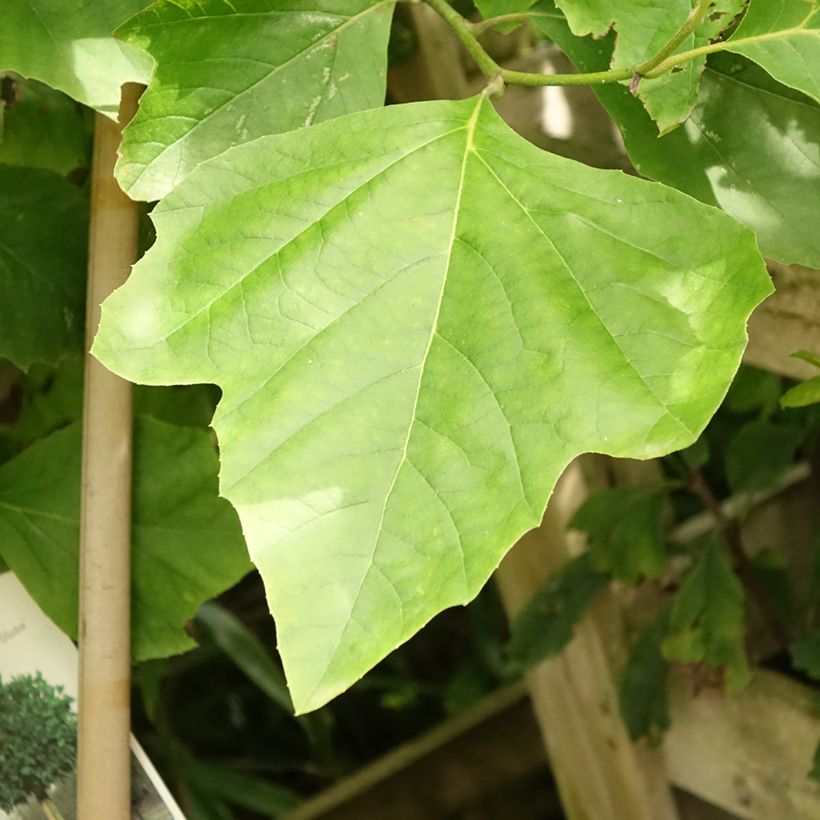

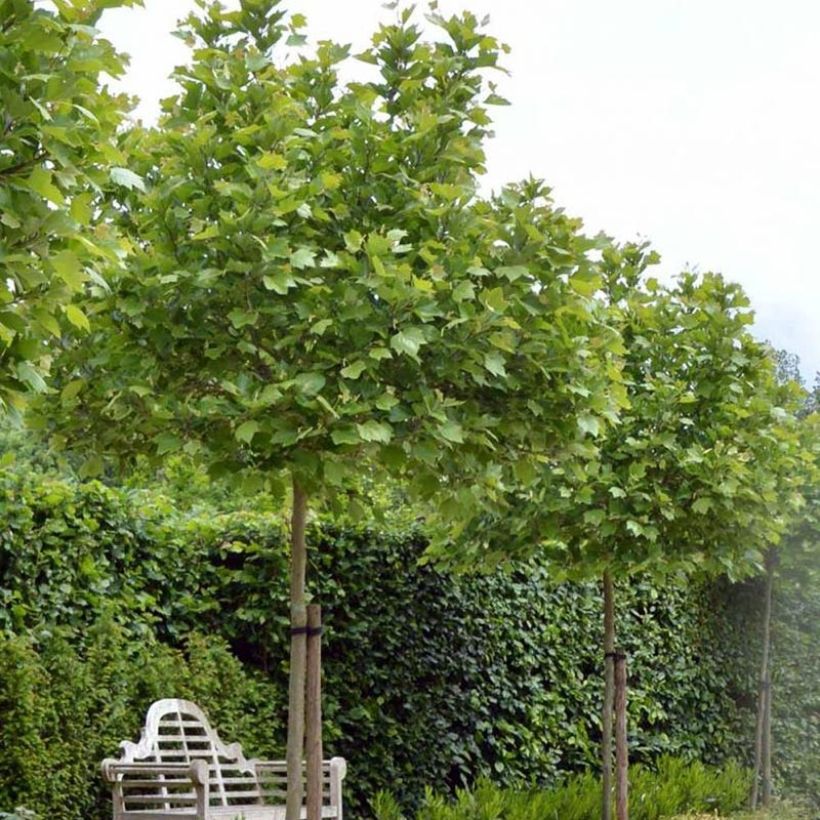

Plant habit
Flowering
Foliage
Botanical data
Platanus
x hispanica
Alphen's Globe
Platanaceae
London Plane, Hybrid Plane
Cultivar or hybrid
Other Platanus
Planting and care
This plane tree should be planted in spring or autumn in any properly prepared and sufficiently deep soil. It tolerates limestone, clay, cold, and remarkably withstands hot and dry summers once established. Stake and prune the young plants to maintain a beautiful habit and protect them from strong winds. Once mature, the plane tree can be pruned and thinned in winter (outside periods of frost) to reduce wind resistance. Protect significant pruning wounds with pruning seal.
The plane tree can be affected by different diseases and parasites: canker and black spot, caused respectively by two deadly fungi for the tree, as well as the plane tree bug, a tiny bug that sucks the juice from the leaves and induces the formation of discoloured spots (seen in winter in large numbers, under the bark where it takes shelter). This insect is also suspected of transmitting plane tree diseases. Natural solutions such as the use of nematodes exist to fight against this plane tree bug. Avoid severe and repeated pruning, leaving many wounds that serve as entry points for fungi and bacteria.
Planting period
Intended location
Care
-
, onOrder confirmed
Reply from on Promesse de fleurs
Striking foliage shrubs
Haven't found what you were looking for?
Hardiness is the lowest winter temperature a plant can endure without suffering serious damage or even dying. However, hardiness is affected by location (a sheltered area, such as a patio), protection (winter cover) and soil type (hardiness is improved by well-drained soil).

Photo Sharing Terms & Conditions
In order to encourage gardeners to interact and share their experiences, Promesse de fleurs offers various media enabling content to be uploaded onto its Site - in particular via the ‘Photo sharing’ module.
The User agrees to refrain from:
- Posting any content that is illegal, prejudicial, insulting, racist, inciteful to hatred, revisionist, contrary to public decency, that infringes on privacy or on the privacy rights of third parties, in particular the publicity rights of persons and goods, intellectual property rights, or the right to privacy.
- Submitting content on behalf of a third party;
- Impersonate the identity of a third party and/or publish any personal information about a third party;
In general, the User undertakes to refrain from any unethical behaviour.
All Content (in particular text, comments, files, images, photos, videos, creative works, etc.), which may be subject to property or intellectual property rights, image or other private rights, shall remain the property of the User, subject to the limited rights granted by the terms of the licence granted by Promesse de fleurs as stated below. Users are at liberty to publish or not to publish such Content on the Site, notably via the ‘Photo Sharing’ facility, and accept that this Content shall be made public and freely accessible, notably on the Internet.
Users further acknowledge, undertake to have ,and guarantee that they hold all necessary rights and permissions to publish such material on the Site, in particular with regard to the legislation in force pertaining to any privacy, property, intellectual property, image, or contractual rights, or rights of any other nature. By publishing such Content on the Site, Users acknowledge accepting full liability as publishers of the Content within the meaning of the law, and grant Promesse de fleurs, free of charge, an inclusive, worldwide licence for the said Content for the entire duration of its publication, including all reproduction, representation, up/downloading, displaying, performing, transmission, and storage rights.
Users also grant permission for their name to be linked to the Content and accept that this link may not always be made available.
By engaging in posting material, Users consent to their Content becoming automatically accessible on the Internet, in particular on other sites and/or blogs and/or web pages of the Promesse de fleurs site, including in particular social pages and the Promesse de fleurs catalogue.
Users may secure the removal of entrusted content free of charge by issuing a simple request via our contact form.
The flowering period indicated on our website applies to countries and regions located in USDA zone 8 (France, the United Kingdom, Ireland, the Netherlands, etc.)
It will vary according to where you live:
- In zones 9 to 10 (Italy, Spain, Greece, etc.), flowering will occur about 2 to 4 weeks earlier.
- In zones 6 to 7 (Germany, Poland, Slovenia, and lower mountainous regions), flowering will be delayed by 2 to 3 weeks.
- In zone 5 (Central Europe, Scandinavia), blooming will be delayed by 3 to 5 weeks.
In temperate climates, pruning of spring-flowering shrubs (forsythia, spireas, etc.) should be done just after flowering.
Pruning of summer-flowering shrubs (Indian Lilac, Perovskia, etc.) can be done in winter or spring.
In cold regions as well as with frost-sensitive plants, avoid pruning too early when severe frosts may still occur.
The planting period indicated on our website applies to countries and regions located in USDA zone 8 (France, United Kingdom, Ireland, Netherlands).
It will vary according to where you live:
- In Mediterranean zones (Marseille, Madrid, Milan, etc.), autumn and winter are the best planting periods.
- In continental zones (Strasbourg, Munich, Vienna, etc.), delay planting by 2 to 3 weeks in spring and bring it forward by 2 to 4 weeks in autumn.
- In mountainous regions (the Alps, Pyrenees, Carpathians, etc.), it is best to plant in late spring (May-June) or late summer (August-September).
The harvesting period indicated on our website applies to countries and regions in USDA zone 8 (France, England, Ireland, the Netherlands).
In colder areas (Scandinavia, Poland, Austria...) fruit and vegetable harvests are likely to be delayed by 3-4 weeks.
In warmer areas (Italy, Spain, Greece, etc.), harvesting will probably take place earlier, depending on weather conditions.
The sowing periods indicated on our website apply to countries and regions within USDA Zone 8 (France, UK, Ireland, Netherlands).
In colder areas (Scandinavia, Poland, Austria...), delay any outdoor sowing by 3-4 weeks, or sow under glass.
In warmer climes (Italy, Spain, Greece, etc.), bring outdoor sowing forward by a few weeks.

































